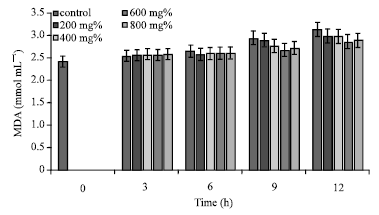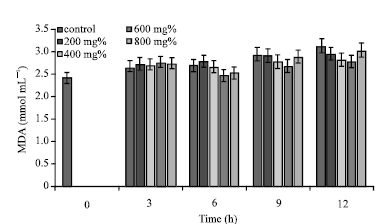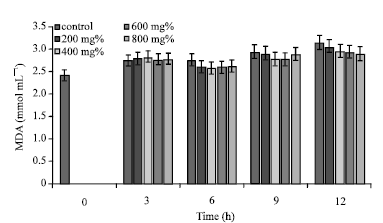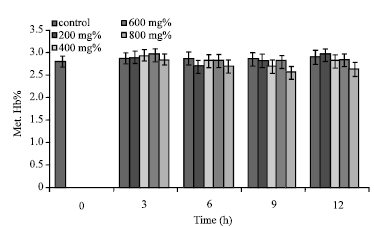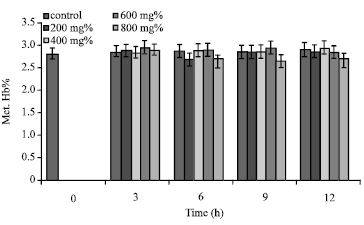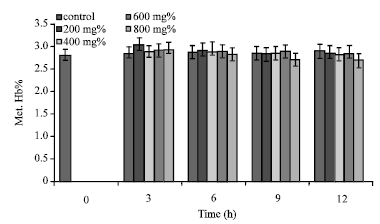Research Article
Oxidative Stress Indicators of Human Sickle Erythrocytes Incubated in Aqueous Extracts of Three Medicinal Plants
Department of Biochemistry, Imo State University, Owerri, Imo State, Nigeria
LiveDNA: 234.10425
ORCID: 0000-0001-5066-724X









